I was visiting Uttarakhand exactly after a year. As the distant hills became visible and the anticipation of once again breathing the fresh mountain air grew, the heart plunged forward – already trekking up the slopes, hugging the Deodars, pines and oaks like a long lost friend.
But the rendezvous was not exactly as I had prepared myself for. In these 365 days the Uttarakhand I had bid adieu somehow looked a lesser shade of green. Freshly cut logs piled on street corners. More man-made roofs projected out of the slopes. The mountains still stood majestically but like the king who could see his pristine kingdom gradually vanish right in front of his eyes.
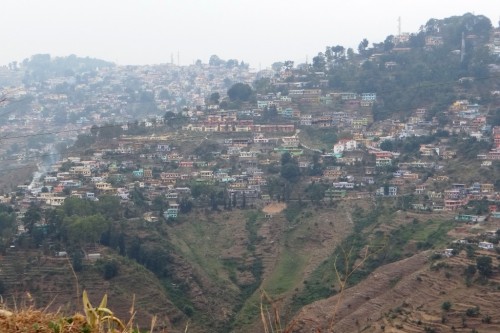
On 16th and 17 June, 2013 Uttarakhand, the hill state of India was pounded by landslides and torrential rains. What follows is a gory story of devastation with thousands of lives affected, many missing, hundreds feared dead, many hoping against all odds that help would arrive soon saving them from nature’s fiercest form in recent times.
If the tragedy had struck just a week earlier, I can’t help but think I would have been in the same situation as those fighting for their lives. But what also comes to mind are the warning signs I had already witnessed while I was there – the chopped trees, rampant construction, deliberate attempt to change the course of the Mountain Rivers so that roads, power plants and dams could be built.

This was not nature’s fury that led to the current devastation but her revenge for the unnatural ways Uttarakhand has been modified.
Ecological sins
Forty years ago, the women of Garhwal stood up for their forests and started the Chipko Movement. They said that the real gifts of the forests were soil, water and pure air, not timbre, resin and revenue. Sadly though, the tree huggers’ battle faded away when driven by their newfound status of an official Indian state (Uttarakhand was formally declared a state of Republic of India in November 2000) Uttarakhand too forged ahead – vanquishing traditional love for nature, embracing modern development.
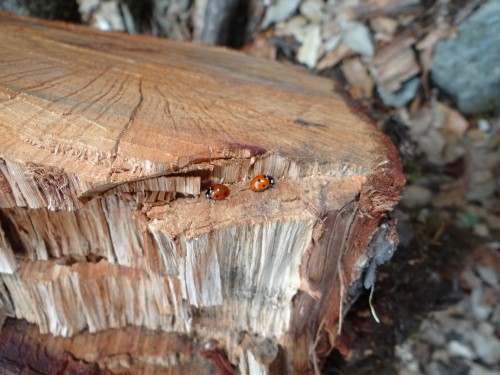
The ecological crisis that it faces today is clearly the result of years of abuse of its forest, rivers and natural wealth.
Here is what has happened to the state,
- Between 2001 and 2011 Uttarakhand lost 4856 sq kms of its forest cover as per the national census. Interestingly, the habituated areas have increased by 30 sq kms.
- The state has seen a 1000 per cent increase in vehicular traffic in the last eight years with expansion of roads leading to the inevitable everyday – more chances of landslides with the mountains being cut.
- Since 2002 there has been a ban on building within 100 meters of the river bed. In 2012 the Centre declared the 100 kms stretch along the Bhagirathi river from Gangotri to Uttarkashi an ‘Eco Sensitive Zone’ which meant no development was permitted there. But this eco-zone was strongly opposed by the government in the name of development and providing infrastructure to the people living in the area. It is the same area where buildings fell like a pack of cards in the recent debacle.
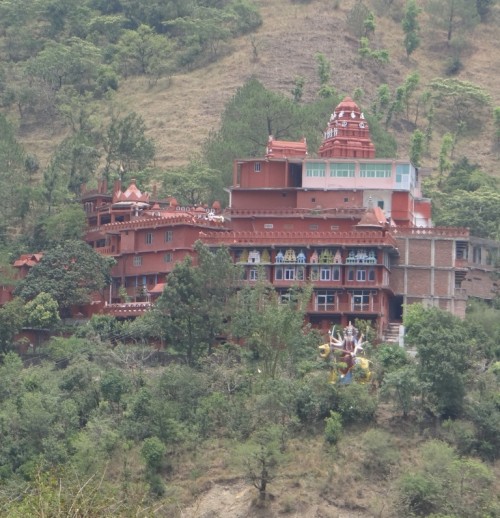
- Around 70 hydel projects are proposed on the two main tributaries of the Ganga – Alaknanda and Mandakini – that meet at Rudraprayag, the epicenter of the devastation. Two 20km tunnels are being built to divert these rivers for hydel projects and constant blasting of the river banks has affected the local ecology.
- Studies by the Pune-based Indian Institute of Tropical Meteorology has shown that the fury of flash floods over the north-west Himalayan region in the last 20 years has increased and a probable reason is global warming.
Vinod Tare, senior faculty at IIT Kanpur and an expert on the Himalayan ecosystem, says when trees are removed, rocks blasted and unscientific anthropogenic pressure is exerted, nature plays havoc.
Vandana Shiva the executive director of the Navdanya Trust recalls how even way back in 1982 a study conducted by her to know the ecological impact of mining in the Doon valley showed that the limestone left in the mountains contributed more to the economy than its extraction through mining, because limestone is an aquifer and holds water in its cavities and caves.
Because deforestation and logging were found a serious problem even in the 80s as that led to more landslides, in 1981, a ban was imposed on logging above 1,000 metres in the Ganga catchments she says.
Years later, the laws have been broken by the law makers and industrialisation, mining, real estate and dams have ripped the forest and rivers apart from the areas that had survived until now just because of this nature made disaster management plans.
The other Inhabitants
The state of Uttarakhand is home to approximately 250 tigers, leopards, herds of wild elephants apart from numerous species of birds, insects, and other wildlife. Nearly 4048 species of plant species are known from the region including rare rhododendrons. 161 species of flowering plants are actually recognised as threatened in the state by International Union for Conservation of Nature (IUCN). Uttarakhand is also home to Corbett National Park the first protected reserve of India. The Nandadevi biosphere reserve, the second biosphere reserve in the country to be recognised by the UNESCO is present in this state.
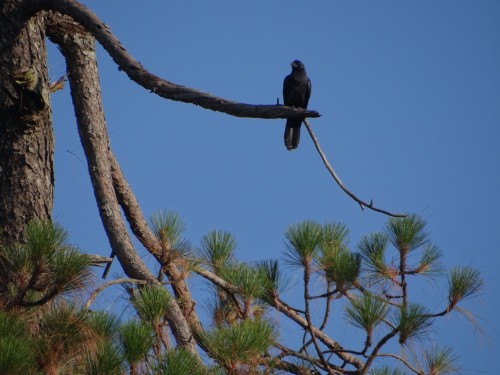
These statistics apart from verifying the blessings of nature that the state has received also show the real wealth that needs to be protected by policy makers and those who run the state today.
On my way to a mountain top, I was shown by my local friend Ravi, whose family has lived for generations in this hill bound valley, a tiny tree sapling he had just planted on the central Himalayan slopes. It was a Himalayan oak and I was told his father had been planting these trees for years to bring back the kind of natural surrounding he had grown up in.
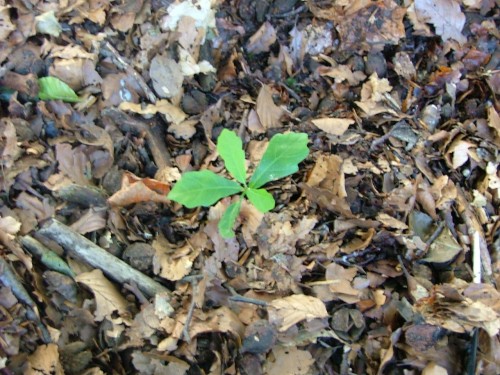
Ravi explained to me that the Himalayan Oaks could hold water, hold soil, enrich the top soil, provide much more shade and space for wildlife to survive because of the broad leaf pattern and regulate the rainfall and snow of the hilly areas like no other species. In this young man’s eyes I could see the love and the understanding he has for his land and its healthy sustenance. Needless to say, it is their persistent preservation of the forests that saved them from landslides and floods during the present calamity.
While media reports are filled with horrific details of rivers engulfing buildings, homes and people within seconds, ironically, those stranded near the Kedarnath temple have found refuge in the forests as urban constructions have all been gobbled up by the rain and floods.
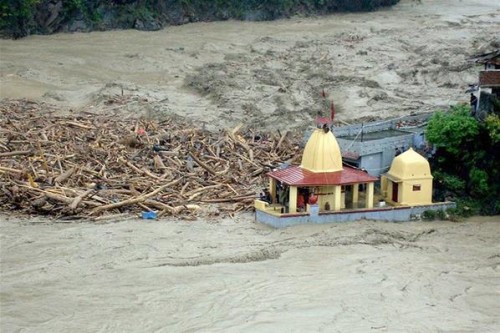
It is therefore easy to put the blame on nature’s fury for every natural disaster that is occurring on the planet, but scratch the surface and you realize, nature is only reciprocating the vandalism we humans have subjected her to in the past years.
The monsoons arrived two weeks early in Uttarakhand, but the devastation is clearly the results of our own sins. In the ‘State of the Gods’ as Uttarakhand is known, Mother Nature showed who needs to be worshiped the most.
More Related Stories,






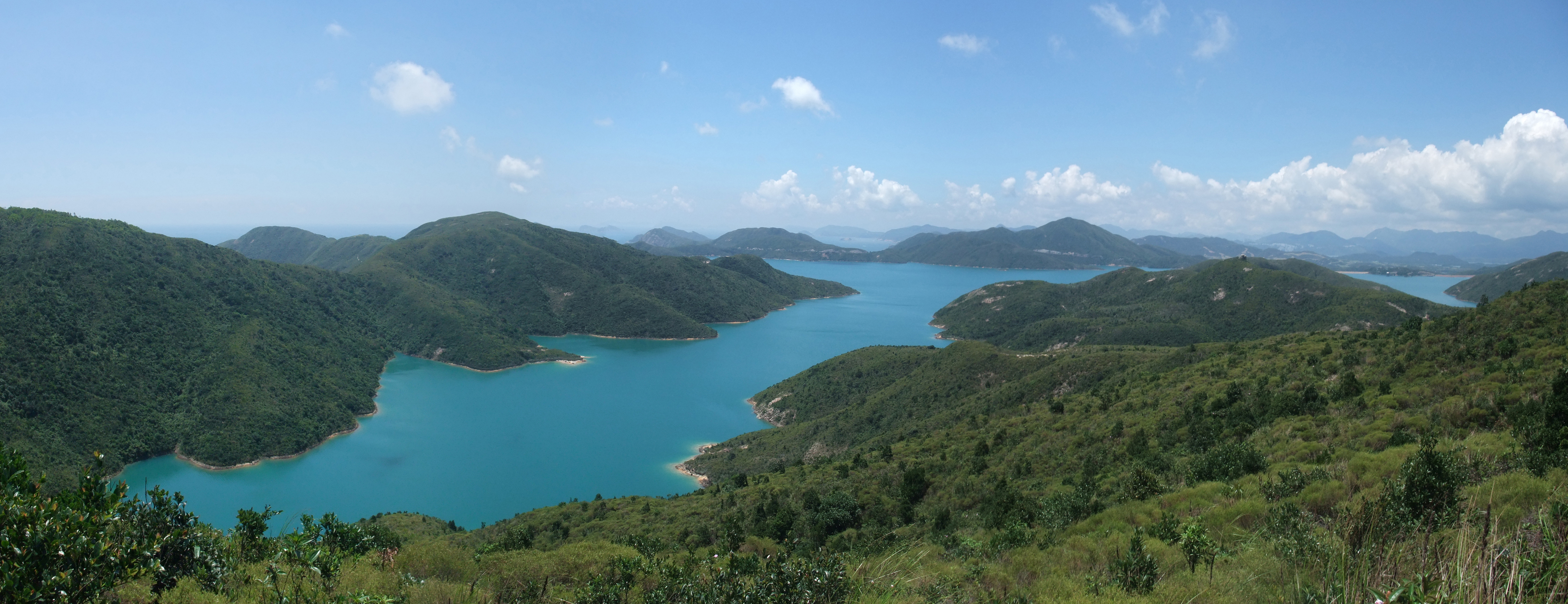


You clearly explained everything, we humans are destroying the trees and nature. Sometimes nature shows it angry on us. Cloudburst are always uncontrollable disaster
How true Raja. It is only during disaster that we realise nature’s fury, not one she silently serves us and gives us everything to survive.
Thank you for your wonderful insight on the present scenario. This things are happening in almost all the nature wealthy regions of our country. Its very well said by Terence Mckenna that “NATURE IS NOT MUTE. IT IS MAN WHO IS DEAF”.
How well put Debjit. Nature is certainly not mute and she will not take all tortures done on her stooping down. It is us humans who have to learn and save ourselves from her wrath.
The youngsters of today have determination and zeal to reach the top of their career. The same zeal, determination and passion is needed to protect the nature. Otherwise in their life time they may face many more such devastation which will ruin their dreams. Nature has warned us in its own furious way. now it is our turn to awake, arise and save our own existence.
Well said. It is our duty to awake, arise and save our own existence. Thank you for your comment.
This is a very compelling article. Under the intent of commercializing everything….we are actually causing distruction. The future such project should be deeply scrutinized and/or stopped.
You are right Sandeep. But when people start accepting the random acts of development without considering the ecological trauma, the government as well as those who are actually committing the crime, become bolder. First step is for people, common people, locals to realise what is important. The chipko movement was led by commoners, it is time we rose again for a society that respects nature, not abuses it.